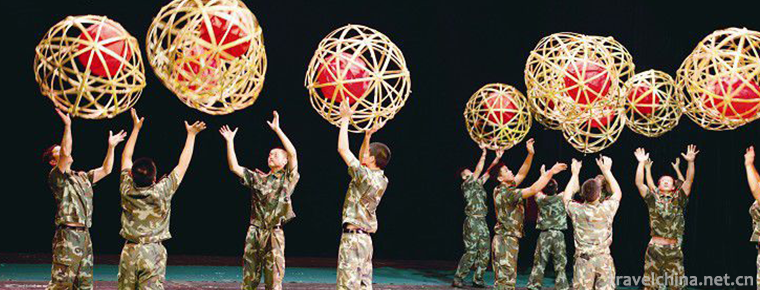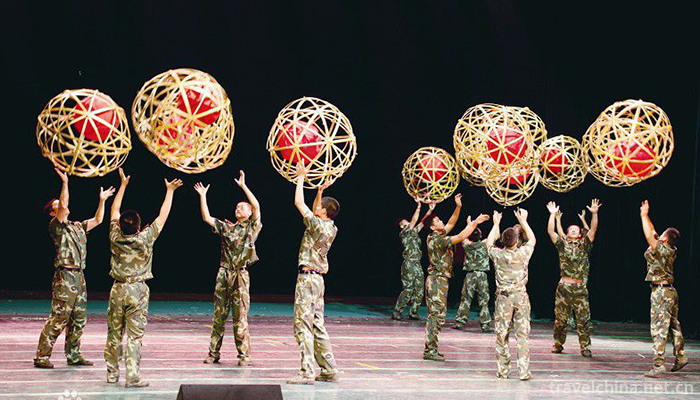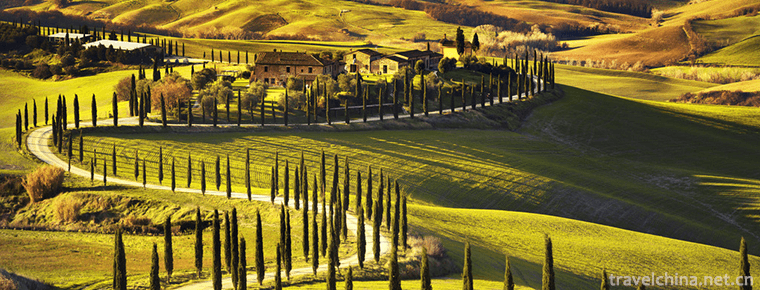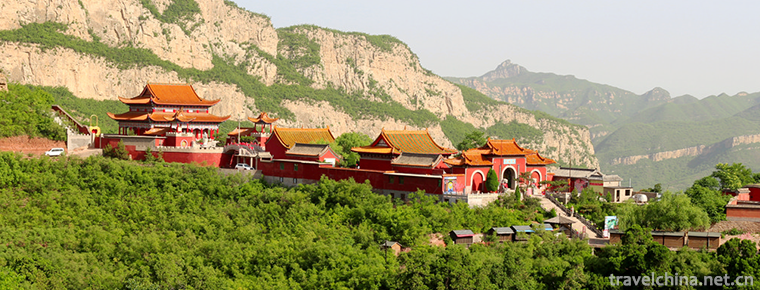2019-01-02

- By ChinaWiki.net
- Chinese Edition
- 2019-05-02
Rolling lamp
Rolling lantern is an art form of entertainment and self-enjoyment for the masses in Han folk festivals, and also a competitive performance to show the strength of villages. It is mainly prevalent in rural areas of Jiangsu, Zhejiang, Shanghai and Jiangnan.
The Han Rolling Lamp consists of nine sets of 27 movements.
The name of Zhelin comes from the local Zhengquanbu, a thorny shrub, which can protect dykes and ponds.
brief introduction
According to historical records, it has a history of at least 700 years. Fan Chengda, a famous poet in the Southern Song Dynasty, described in his poem "throwing candles into the air stably (small ball rolling lamp), and putting balls into the ground lightly (big ball rolling lamp)". In the preface of Peng Sun-yi's poem "Lun Lantern", a literati in Qinghai salt, there are "children bind bamboo as a wheel, exhibit phase-changing rings, rotate and fly over, but the lamp does not turn out. When the heroes are lucky, they toss endlessly in the Quzhong, describing the "rolling lamp".
Rolling lamp is a kind of sport that combines dance, acrobatics and sports. Dancers are mostly men, mainly single and double performances. Now it has evolved into a multi-person group dance lamp, with women participating. Rolling lamp is composed of playing ball, twisting waist, jumping lamp and so on. Its name includes white pigeon laying eggs, spider silking, taking off boots in twisting waist and foot, golden monkey hitting ball, sunset Xishan, carp water weed, and bird Chongwang, etc. It concentrates on many kinds of rigid and flexible sports and dancing movements such as jumping, rolling, climbing, jumping, turning, spinning, jumping and throwing.
The Han Rolling Lamp consists of nine sets of 27 movements.
The Western proverb says, "A clown goes to town better than a dozen doctors." Rolling Lantern is a famous unique stunt in Sichuan Opera and a classic clown in Sichuan Opera. The language is witty and tactful. Actors repeatedly use the "rolling light" technique to promote the plot development. It is starred by the famous Chinese dramatist and the first person of Sichuan Opera Lantern Drama. The play has been invited to perform in Europe, America and Southeast Asian countries for many times, and has been widely praised. The father and the elder in Sichuan can't tire of seeing each other. The plot is warm and helpful to the harmony between husband and wife. It has the effect of prolonging life.
Related cities
Fengxian, an ancient town on the southern outskirts of Shanghai and the coast of the East China Sea, has Zhelin. Its profound cultural background has created a folk art treasure, Rolling Lamp. Rolling lamp is a unique traditional folk art history of rolling lamp used to be paper lamp. Tian Rucheng of the Ming Dynasty wrote in his "Xihu Tourist Zhiyu Bian'an Xianyu" that "the paper lamp is placed in the underground to turn it around along the street emblem, which is called rolling lamp." So far, there have been more than 140 years of history. According to relevant data, the Taiping Army came to Fengxian to express its festivity with the rolling lantern dance. "Shanghai New Year's Travel Song" records "Yan said that five and a half years old, nine colorful clouds and swallows on the dragon and cricket festival. Glancing at the thousands of rolling lights of the blazing fire tree." Remarkable. Since then, the rolling lamp has gradually been shaped into a sphere made of bamboo slices with a diameter of 1.4-1.6 meters and a sphere of about 50 centimeters built-in. It is surrounded by red silk and lit with candles. Before liberation, Folk Lantern colours were very popular, among which the most famous was the rolling lamp. Every lantern fair and folk temple fair was guided by the rolling lamp. When dancing the lamp, the lamp is tied to the waist with thread. The lamp rolls left and right. When people roll up and down with the lamp until they are happy, the firecracker, Gong and drummer bite the thread with their teeth to keep the candle in the ball rolling around with the force of their neck. When dancing the headlights, the physical energy consumption is very great. Every rolling lamp needs several people to dance in turn. The controllers are all men. Most of them show a rough beauty of power naked.
Rolling lantern is known as the "king of lights" now retains more than ten kinds of programs, such as turning iron cakes, white cranes laying eggs, spider silk, wrapping around the waist and feet, half-off boots, wrapping around the waist and double-off boots, five plum blossoms, sunset Xishan, carp rolled water grass, crane and pigeon rushing into the sky. Huqiao community in Zhelin is the home of Chinese folk art. For many years, the traditional folk art rolling lights have been systematically excavated and sorted out, so that the endangered rolling lights art can regain its former elegance. Rolling lights have won many national folk literature and art gold medals, and three generations of leaders of our country have seen the performance of rolling lights. Rolling lantern art performance has become a popular folk fitness activity which integrates dance, sports and acrobatics.
Zhelin got its name
The name of Zhelin comes from the local Zhengquanbu, a thorny shrub, which can protect dykes and ponds. Zhelin is one of the birthplaces of ancient Shanghai where human beings lived earlier. There are Zhelin Ancient Cultural Site, located in Fengqiao Brigade of Yanchang, about 100 meters in length from east to west, 70 meters in width from north to south. It has a history of more than 4000 years and belongs to Liangzhu Cultural Site. Zhelin used to be a place where soldiers were stationed in history. Because of the resistance to Japanese aggressors and the garrison of frontier areas, people entered constantly and became an important coastal Wharf in ancient times. Huating East Shitang is the first ancient coastline in Shanghai. It was built in 1725 and completed in 1735 ten years later. Fengxian section is 4000 meters long and is a rare ancient stone seawall in China.

Ask a Question
Your email address will not be published.



0 Questions